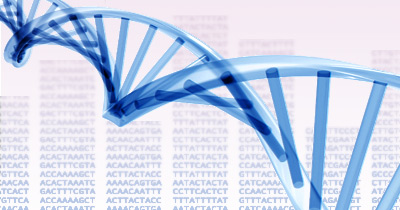
The cell's powerhouse, which looks a bit like a heavily compartmentalized kidney bean. (credit: NIH)
Mitochondria are “the powerhouse of the cell” (or so every fifth grade biology book will tell you) because they use aerobic respiration to generate ATP, the molecular form of energy that enables cellular processes to occur.
Structurally, mitochondria are unusual in that they have their own DNA. This is because they were initially bacterial cells that long ago got subsumed by other cells, relinquishing their independence for a safe harbor and giving their hosts an energy boost in exchange.
Mitochondrial DNA (mtDNA) encodes many of the proteins required for aerobic respiration—but not all of them. Respiration still requires many proteins that are encoded by the cell's regular chromosomes. A new study suggests that the right match between mtDNA genes and chromosomal genes could be key to an organism's health and that some mtDNA may actually be beneficial.








